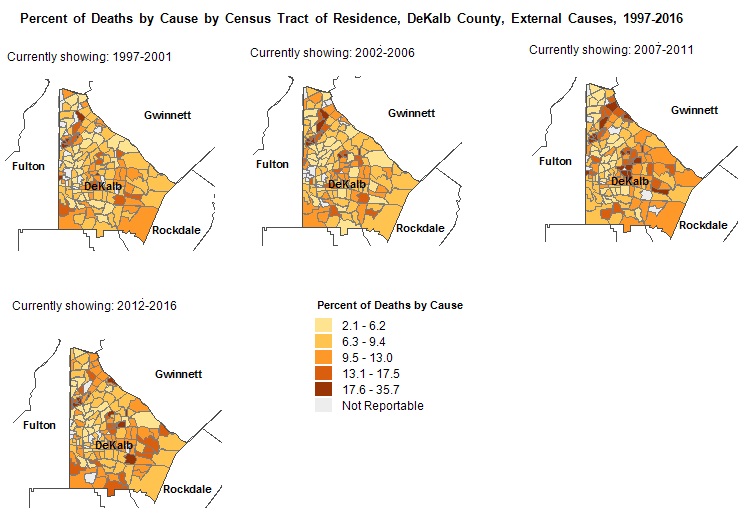| Disease Names |
ICD10 Codes |
| Creutzfeldt-Jakob Disease |
A81 |
| Vascular Dementia |
F01 |
| Dementia in Other Diseases classified elsewhere |
F02 |
| Dementia with Anxiety |
F02.84, F02.A4, F02.B4, F02.C4 |
| Dementia with Behavioral Disturbance |
F02.81-, F02.A1-, F02.B1-, F02.C1- |
| Dementia with Mood Disturbance |
F02.83, F02.A3, F02.B3, F02.C3 |
| Dementia with Psychotic Disturbance |
F02.82, F02.A2, F02.B2, F02.C2 |
| Dementia without Behavioral Disturbance |
F02.80, F02.A0, F02.B0, F02.C0 |
| Unspecified Dementia |
F03 |
| Huntington’s Disease |
G10 |
| Parkinson’s Disease Only |
G20 |
| Alzheimer's Disease |
G30 |
| Alzheimer's Disease with Early Onset |
G30.0 |
| Alzheimer's Disease with Late Onset |
G30.1 |
| Other Alzheimer's Disease |
G30.8 |
| Alzheimer's Disease, Unspecified |
G30.9 |
| Other Degenerative Diseases of the Nervous System, not elsewhere classified |
G31 |
| Frontotemporal Dementia |
G31.09 |
| Senile Degeneration of Brain, not elsewhere classified |
G31.1 |
| Degeneration of Nervous System due to Alcohol Wernicke-Korsakoff syndrome |
G31.2 |
|
Other Specified Degenerative Disease of Nervous System Grey-
matter degeneration Lewy body disease
|
G31.8 |
| Neurocognitive Disorder with Lewy Bodies (contained within G31.8) |
G31.83 |
| Corticobasal Degeneration (contained within G31.8) |
G31.85 |
| Degenerative Disease of Nervous System, unspecified |
G31.9 |


